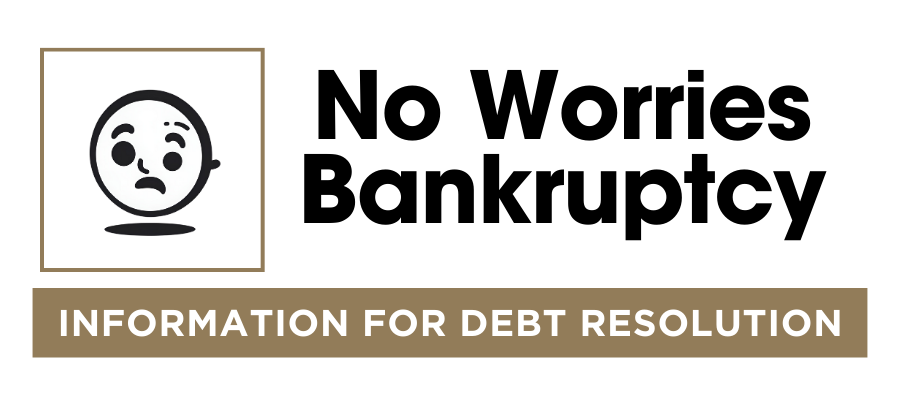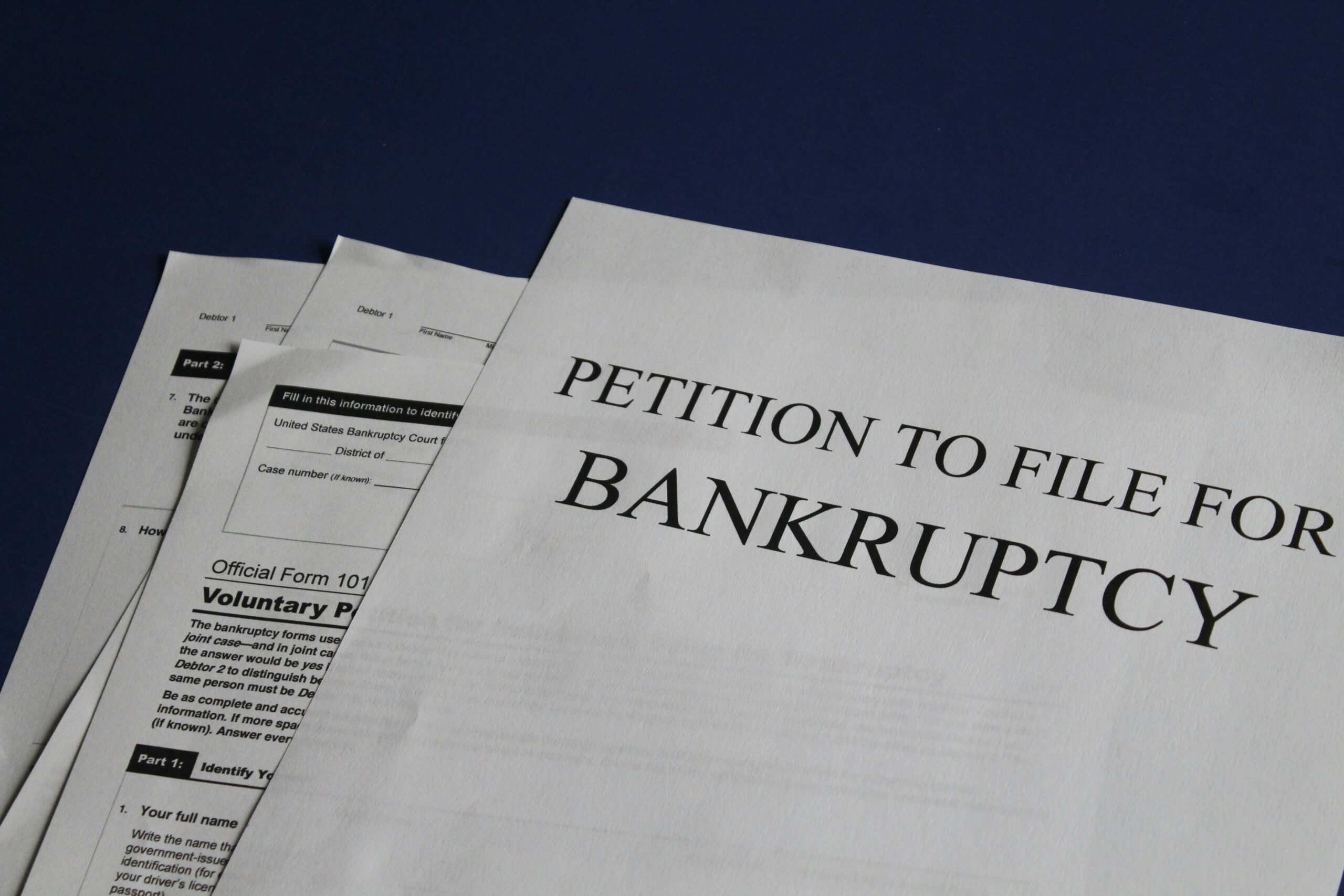Understanding Bankruptcy: An Overview
Bankruptcy is often viewed with apprehension, especially among small business owners. However, it’s crucial to recognize that business bankruptcy can serve as a strategic tool to manage insurmountable debt. In the realm of small businesses, understanding the various types of bankruptcy filings and their implications is the first step towards making an informed decision.
There are primarily three types of bankruptcy filings relevant to small businesses: Chapter 7, Chapter 11, and Chapter 13. Each type caters to different situations and offers distinct pathways for debt resolution. Chapter 7, also known as liquidation bankruptcy, involves the sale of a business’s non-exempt assets. The proceeds from the sale are used to pay off creditors, and any remaining unpaid debt is typically discharged. This option is suitable for businesses that lack the financial viability to continue operations.
In contrast, Chapter 11 bankruptcy allows businesses to restructure their debts while continuing to operate. Under Chapter 11, a business can propose a reorganization plan to keep its operations afloat while repaying creditors over time. This type of bankruptcy is often chosen by businesses that have a strong potential for recovery and want to avoid liquidation.
Chapter 13 bankruptcy, though less common for businesses, is available to sole proprietors. It enables them to keep their assets while repaying debts through a court-approved repayment plan, typically over three to five years. Unlike Chapter 7, Chapter 13 doesn’t require liquidation, making it a viable option for those who wish to retain ownership of their assets.
Common misconceptions about business bankruptcy often deter small business owners from considering it as a viable option. Many believe that filing for bankruptcy signifies the end of a business. However, it can also mark the beginning of a fresh start. By eliminating or restructuring debt, bankruptcy can provide the breathing room needed to regain financial stability and, in many cases, return to profitability.
In conclusion, understanding the different types of bankruptcy and dispelling the myths surrounding it is vital for small business owners facing unmanageable debt. Bankruptcy, when used strategically, can pave the way for a more stable financial future.
Identifying When Bankruptcy is the Right Option
Determining whether business bankruptcy is the right course of action is a critical decision for small business owners facing financial distress. There are several key indicators that suggest bankruptcy might be an appropriate solution. One significant sign is declining revenue. When a business experiences a consistent drop in revenue without prospects of recovery, it becomes challenging to sustain operations, cover expenses, and meet debt obligations. This scenario often signals that the business is in financial trouble and may need to consider bankruptcy as a way to restructure and stabilize.
Another important indicator is the inability to meet debt obligations. If a business finds itself consistently falling behind on loan payments, supplier invoices, or other financial commitments, this can lead to increased pressure from creditors and potential legal actions. High-interest rates further exacerbate the problem, as they can make it nearly impossible to catch up on payments or reduce the principal amount owed. In such circumstances, bankruptcy can provide a legal framework to reorganize debts, potentially negotiate more favorable terms, and create a manageable repayment plan.
Bankruptcy might also be a strategic move to protect assets and halt creditor harassment. When creditors aggressively pursue collections, it can disrupt business operations and erode the morale of the workforce. Filing for bankruptcy initiates an automatic stay, which temporarily prevents creditors from taking further action against the business. This pause allows the business to regroup and develop a plan to address its financial issues without the immediate threat of asset seizure or continued harassment.
Lastly, bankruptcy can offer an opportunity for debt restructuring, which is essential for regaining financial stability. Through bankruptcy proceedings, a business can potentially discharge certain debts, reduce the overall debt load, or extend repayment terms. This restructuring can provide the breathing room needed to implement new strategies, improve cash flow, and ultimately return to profitability. For small businesses facing insurmountable debt, bankruptcy can serve as a pivotal step in turning around their financial future.
The Benefits of Bankruptcy for Small Businesses
For small businesses grappling with unmanageable debt, business bankruptcy can offer a lifeline through its various benefits. One of the most immediate advantages is the automatic stay provision. This legal mechanism temporarily halts all collection activities, including lawsuits, wage garnishments, and harassing phone calls from creditors. The automatic stay provides much-needed breathing space for business owners to assess their financial situation without the constant pressure from debt collectors.
Another significant benefit of business bankruptcy is the potential to discharge certain types of debts. Depending on the bankruptcy chapter filed, businesses may be able to eliminate unsecured debts such as credit card bills, medical bills, and personal loans. This alleviation of debt can offer a fresh start, allowing the business to focus on more critical financial obligations and operational costs.
Moreover, bankruptcy offers a structured environment to reorganize business operations. Under Chapter 11, for instance, the business can continue its operations while working on a reorganization plan. This plan may involve renegotiating terms with creditors, thereby securing more favorable payment plans or reducing the total amount owed. Such structured reorganization can enable a business to become more financially viable in the long run.
Bankruptcy also provides an opportunity for small businesses to negotiate better terms with creditors. The legal framework of bankruptcy encourages creditors to come to the table for discussions, often leading to more manageable repayment plans. This can help businesses avoid liquidation and instead, steer towards recovery and growth.
In essence, the process of business bankruptcy can pave the way for a more manageable financial future. By halting aggressive collection actions, discharging certain debts, and facilitating structured reorganization, bankruptcy can offer a strategic solution for small businesses to regain financial stability and refocus on their core operations.
Navigating the Bankruptcy Process: Tips and Best Practices
For small business owners facing unmanageable debt, the bankruptcy process can be a daunting but necessary step towards financial recovery. To navigate this complex process effectively, it is crucial to follow certain best practices and seek appropriate legal guidance. Selecting the right bankruptcy attorney is fundamental. An experienced attorney can provide invaluable advice tailored to your business’s specific needs, ensuring that you understand your options, whether it be Chapter 7, Chapter 11, or Chapter 13 bankruptcy. Thorough research and consultations with multiple attorneys can help in making an informed decision.
Preparing the necessary documentation is another critical aspect. Accurate and comprehensive financial records are essential for a smooth bankruptcy filing. This includes income statements, balance sheets, tax returns, and a detailed list of creditors. Proper documentation not only facilitates the bankruptcy process but also helps in presenting a transparent picture of the business’s financial status to the court.
Understanding the legal obligations involved is equally important. Bankruptcy laws and regulations can be intricate, and non-compliance can lead to severe repercussions. Familiarize yourself with the requirements of the bankruptcy chapter you are filing under and adhere strictly to deadlines and procedural mandates. This proactive approach can significantly mitigate potential legal challenges.
Post-bankruptcy recovery is a vital phase that requires strategic planning. Rebuilding credit should be a top priority. This can be achieved by timely payments of remaining debts and prudent financial management. Transparent communication with stakeholders, including employees, suppliers, and customers, is essential to regain trust and stabilize business operations. Implementing robust financial strategies, such as regular financial audits, cost management, and prudent budgeting, can prevent future debt issues and ensure long-term stability.
In summary, while business bankruptcy can be a complex and challenging process, following these tips and best practices can help small business owners navigate it effectively and emerge stronger. By selecting the right legal counsel, preparing meticulous documentation, understanding legal obligations, and focusing on post-bankruptcy recovery, businesses can turn a difficult situation into a strategic opportunity for a fresh start.






